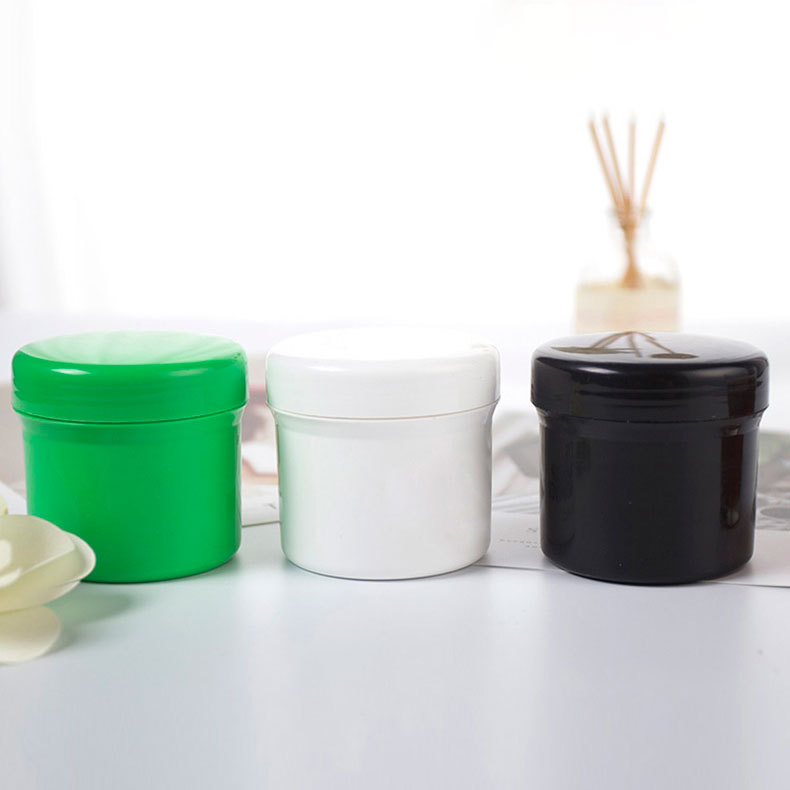The lifecycle of plastic cosmetic jars extends beyond their initial use, encompassing various stages from production to disposal, with an increasing emphasis on sustainability.
Raw Material Sourcing and Eco-friendly Alternatives
Manufacturers are exploring eco-conscious alternatives in raw material sourcing. Incorporating recycled plastics and biodegradable materials derived from plant-based sources reduces the environmental impact of plastic cosmetic jars. Post-consumer recycled content not only diminishes waste but also lessens the dependence on virgin plastics.
Manufacturing Efficiency and Waste Reduction
Efforts to minimize the environmental footprint extend to the manufacturing process itself. Streamlining production methods, optimizing energy use, and implementing closed-loop systems that reduce waste generation contribute to a more sustainable manufacturing process.
Consumer Engagement and Circular Economy
Brands are actively engaging consumers in sustainable practices by promoting reuse and recycling. Initiatives such as refill programs encourage consumers to repurpose their jars or return them for recycling, contributing to a circular economy model.
Extended Applications and Upcycling Potential
Plastic cosmetic jars have a versatile afterlife. Once emptied, these jars can be repurposed for various applications like storing small items, creating DIY beauty products, or even as organizers. This upcycling potential reduces their environmental impact by extending their usefulness beyond their initial purpose.
These detailed blogs delve into the intricate manufacturing processes and the sustainable lifecycle of plastic cosmetic jars. If you need further elaboration or adjustments to suit specific requirements, feel free to let me know!

